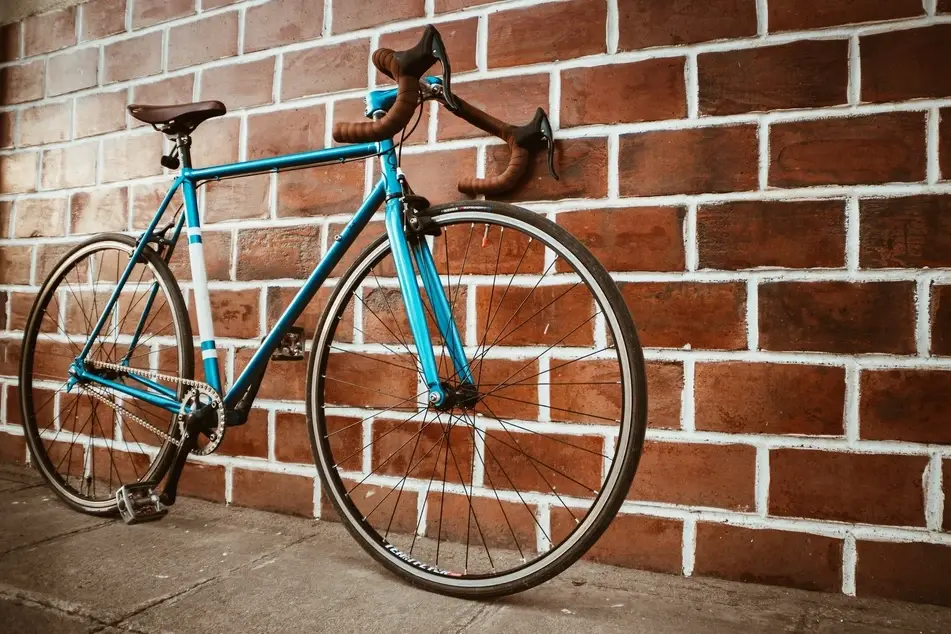Considering the No-Car Commute? How to Make it Work

Even in the freeway-heavy United States, it’s still possible to commute without a car, and there are lots of reasons why you may be curious about a car-free commute. Many people choose to go car-free for environmental reasons; greenhouse gas emissions are no joke, and according to the Environmental Protection Agency (EPA) transportation makes up almost 30% of carbon emissions, mostly from light-duty vehicles like cars.
Not owning a car can also save a ton of cash. Between gas, insurance, repairs, and parking costs, the American Automobile Association (AAA) estimates car owners face an average of nearly $8,500 a year in car-related expenses.
Whether you’re going completely car-free or just trying to use your car less often, you have options for getting to work. These options vary depending on individual circumstances; where you live, for instance, is a big factor. And you’ll have to plan your commute more carefully. But the car-free commute can be done, and it can even be rewarding.
Biking
This is the mode of choice for many commuters with the physical ability to bike. It’s a great form of exercise, and a bike typically requires less maintenance than a car.
If you’re new to the bike commute, take some time to map out your route first. Route-planning sites like Google Maps can be helpful, but may not give an accurate time estimate. To best prepare, do a dry run of the commute before your first trip to learn how much time you’ll need. Take advantage of bike lanes if your city provides them.
In most large cities you’ll be riding near traffic, so think safety first. You’re responsible for obeying major traffic signals just as you would be while driving. Install tail lights on your bike and wear reflective gear if you’re riding at night or early in the morning, and don’t forget your helmet! Read up on bicycle maintenance and guidelines for sharing the road before you get started.
Some bike commuters pack clothes to change into when they arrive at work in case they get sweaty. Cyclists can also take advantage of the benefits some offices extend to bike commuters, ranging from bicycle parking and cash incentives to commute-related expense reimbursement.
Public transportation
Most major cities have train or subway routes which can take commuters all over town while smaller metropolitan areas are likely to have bus routes.
Just like with a bike commute, it’s best to research your route and do a dry run if possible. Leave more time than you think you’ll need at first, especially if you’re taking the bus. Since buses are dealing with rush hour car traffic and other conditions, they sometimes run behind schedule. Trains and subways tend to be more timely but still may run with delays.
Many people use extra time on bus or train commutes to catch up on reading, listen to music or podcasts, or simply relax. If you can access the Internet en route, you might choose one of several mobile apps for meditation, entertainment, or getting some extra work done. This commuting mode can be a great way to learn more about the city you’re in—as a passenger you have more time to observe than you would as a driver.
Walking
Yes, you can commute the old-fashioned way! Make sure you have a decent pair of walking shoes and seasonally appropriate options for clothing. A good podcast makes the journey go by more quickly.
Walking to work takes more time than other commuting methods, but it can be a great way to keep your spirits up during the winter months. A McGill University study found walking commuters experienced a less stressful commute than drivers and public transit riders—even in the cold! Commuting on foot through snow and ice takes caution and planning, just as winter driving does. A good pair of winter boots and removable ice cleats will be your best friends.
Carpooling and vehicle sharing
Technically, this method isn’t a car-free commute. It’s more “car-lite.” Still, a move to save on vehicle expenses and lessen your environmental impact is a step in the right direction.
Carpooling with coworkers may be an option. If you’re never the one providing transportation, you can offer to chip in for gas money.
But if you can’t ride with others, you can often rent your own short-term vehicle. Many cities have car-sharing services. Zipcar is one of the most common, offered in cities and towns across the United States. There are plenty of others like Turo, Getaround, and Maven.
Mixed-mode commuting
Maybe you can’t go car-free but want to scale back your vehicle use. One method you can try is switching up your transportation modes during a long commute. Some commuters who live far away from public transportation drive to transit stations, then take public transit the rest of the way. Others park farther from the workplace and walk the remaining distance to add more exercise.
Your commute can combine car-free modes of transit too. For instance, many city buses have bike racks if you want to bike only part of the way—but make sure you know your location’s guidelines for accommodating bicycles on public transit.
Some of the best locations for car-free commuting
If you’re choosing where to live and work, ease of commute will be a factor.
Larger U.S. cities on the coasts are the most common places for commuters to travel car-free. Cities like New York, Boston, Washington DC, and Chicago have fantastic public transit to surrounding metropolitan areas, so you can live in a less expensive part of the city without needing a car. The catch is that big cities and their nearby neighborhoods have pricier real estate than other parts of the country.
By contrast, smaller cities and towns don’t always have the most robust public transportation. But they offer a lower cost of living, which means you’ll have more housing options and can live closer to work if necessary.
Your best bet for living car-free on a budget may be somewhere in between a large coastal city and a small town. Mid-size cities across the country like Cleveland, San Antonio, Tampa, Indianapolis, and Philadelphia have their share of car-free commuters. If you research the place you want to live ahead of time, you might be surprised just how many people use alternative transportation methods.
Amy Bergen is a writer based in Portland, Maine. She has experience in the social impact space in Baltimore, Maryland, the educational museum sphere in Columbus, Ohio, and the literary world of New York City.






